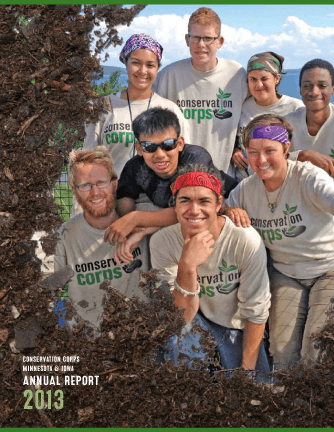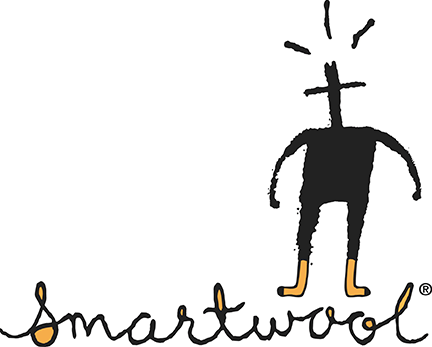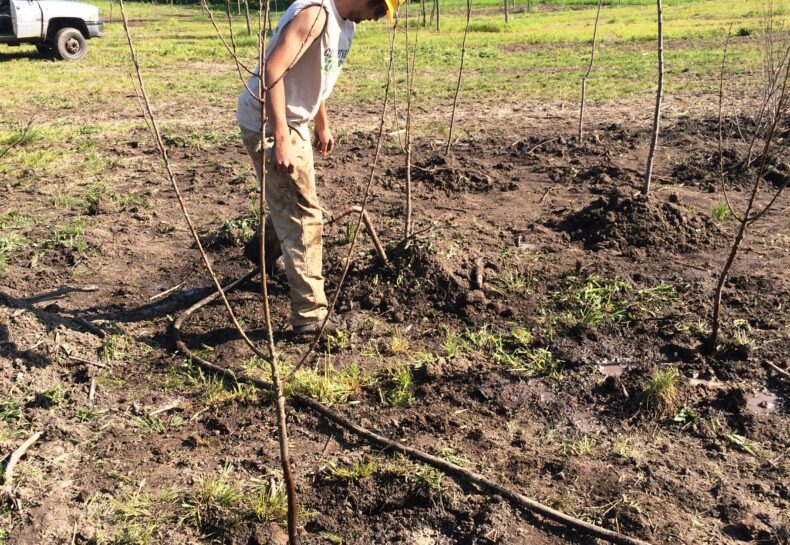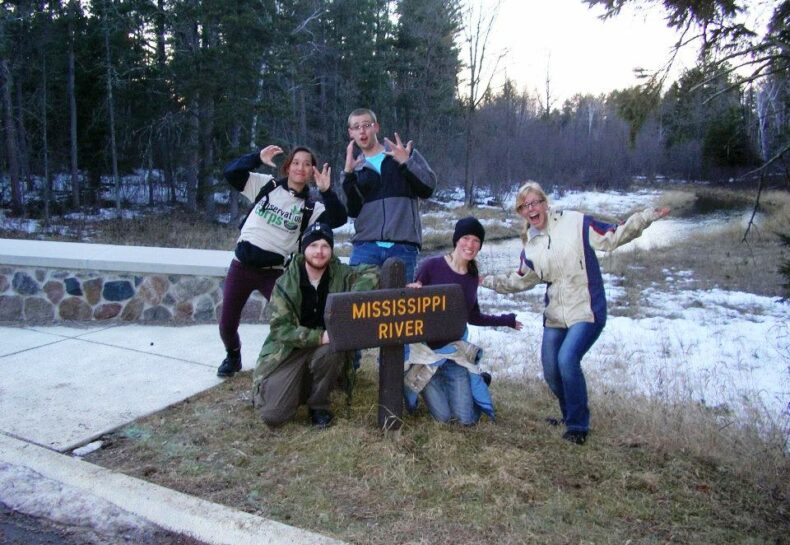Archive
Where are they now? Sean Wickhem
During his four years of service in the Corps, Sean Wickhem did everything from documenting scenic easement parcels by canoe to leading youth in community service, training people how to camp to installing solar panels. Read more. Read More
Extra, extra
The 2013 Conservation Corps Minnesota & Iowa annual report is hot off the press. Read about our highlights and accomplishments online, or contact Connie to have a copy mailed to you. Read More
These feet are made for working
For the third year in a row, SmartWool supported the Corps with a generous donation of quality socks for our youth and young adult members last August. There have been many happy faces and feet when we handed them to youth and young adults participants from last fall through this summer. Thank you, SmartWool! Read More
“Tree Train!”
After what seemed to be a never-ending winter with dangerously cold temperatures and lots of snow, any sign of spring was more than welcome. Like many people, I associate spring with trees budding out and showing off their leaves. At the nursery, this sign of spring signals the start of spring harvest and planting season. Before anything can go in the ground, additional large bare root trees and shrubs have to be harvested to supplement those harvested in the past fall harvest season. The process is made very efficient through the use of one of my favorite pieces of machinery: the crawler. It has the ability to prune roots of trees and shrubs and shake off the excess dirt while two people stand on the platforms and hoist them out of the soil to pass onto the runners going back and forth to the delivery truck. Read More
Fire in North West
Some of the work we do involves wildland fire. Conservation Corps members not only help firefighters with wildfire suppression, but also help natural resource managers with prescribed burns. Part of our training includes the completion of a week-long course for an Incident Qualification Card, or Red Card. The Red Card is a certification given by the Minnesota DNR that qualifies individuals to work with fire at federal, state, county, and local agency levels.Corps members most often help with wildland fire ‘mop up,’ which is the work done after flames have been extinguished and the fire is no longer running. In the burned or ‘black’ area, firefighter doing mop up put out smoldering material and clear logs, brush, and other fuels from the edge of the burned area to prevent the fire from reigniting. Mopping up after the fire has been controlled has been my experience with wildfire as part of the North Woods crew. Read More
Laughing, joking and living it up
When you run into our crew in the woods, we are running chainsaws. We are dirty and rundown. Our muscles bulge and our faces sweat.When you run into our crew on the prairie, we are lighting fires. We are tired and covered in soot. We are carrying heavy packs and flaming torches.When you run into our crew anywhere, we are working and working hard. We are young and strong. We’re the Ottertail Crew, at your service!Sometimes, I think I love the Corps because it gives us a chance to be the people that hide in the corners of our collective childhood: the lumberjacks and firefighters, the mothers and fathers that everyone is excited to see on career day. I’ve become the adult I wanted to be, and I am cool.Then reality hits: it’s windy and raining, or it’s eighty five degrees at 10 a.m., or a saw quits on the first day of a project and I’m stuck pretending to be a mechanic. I lose track of the glamor and put my nose to the grindstone. And then we’re all grinding away, distracted and perhaps worlds away from each other in a 10 foot space. What happened? Read More





